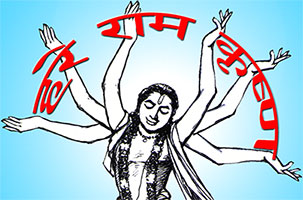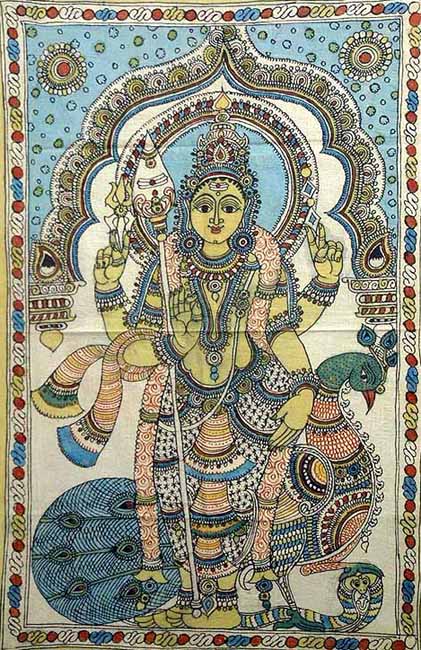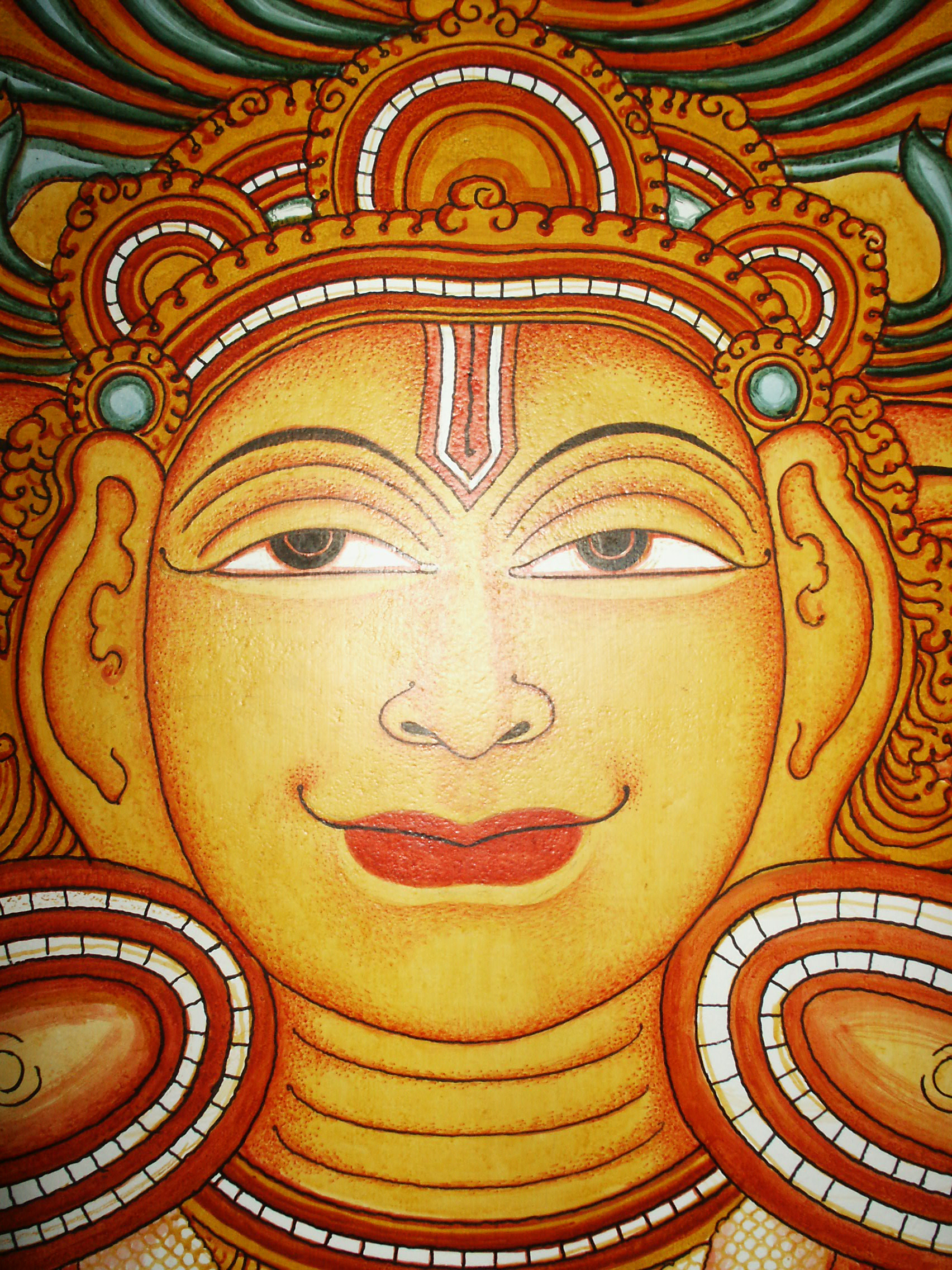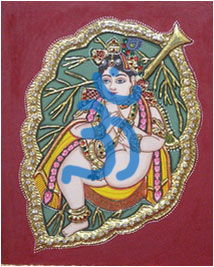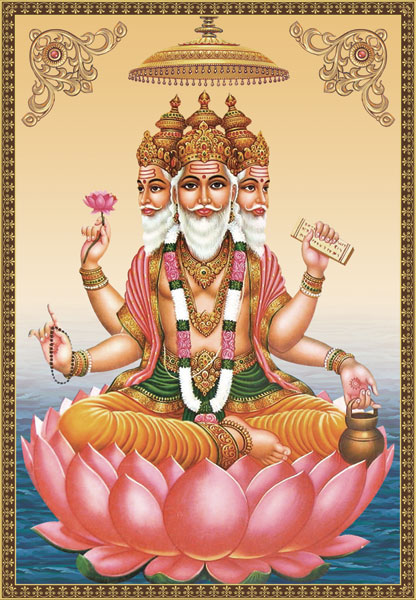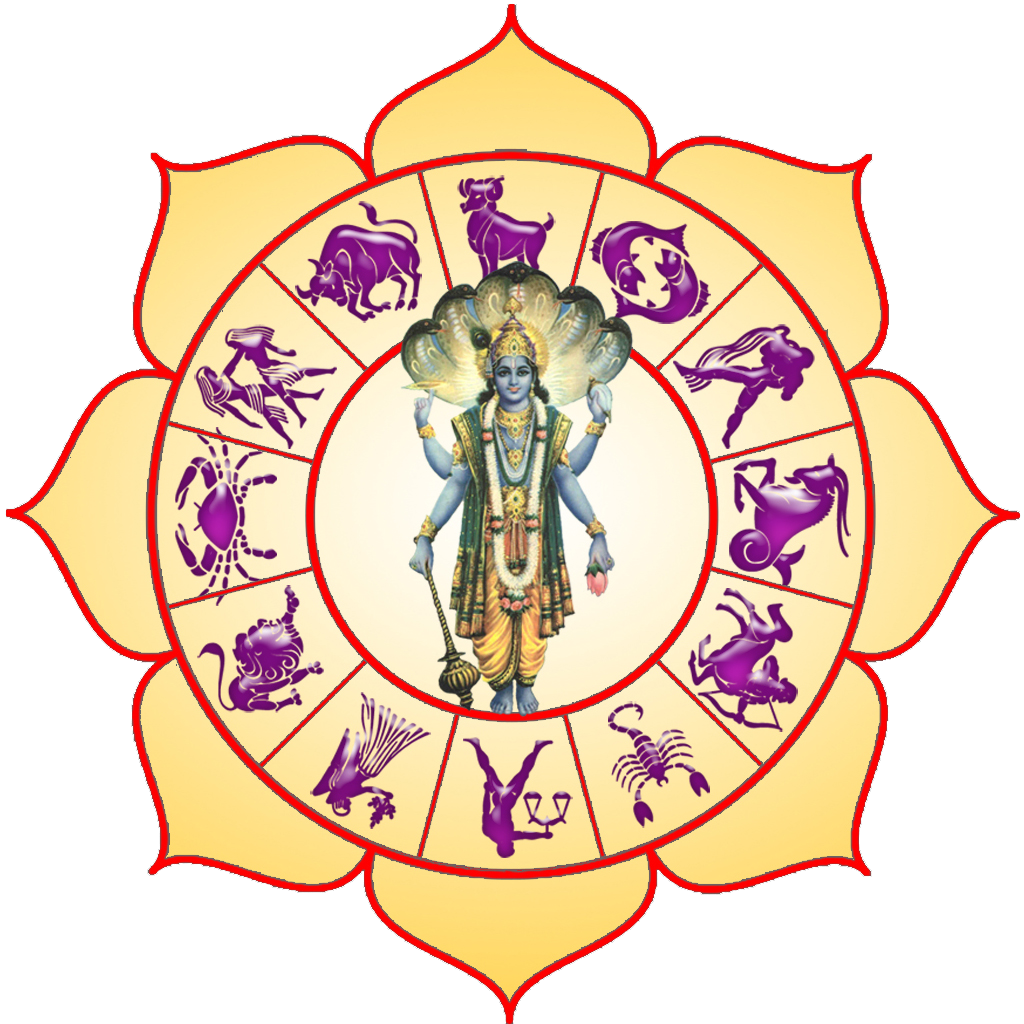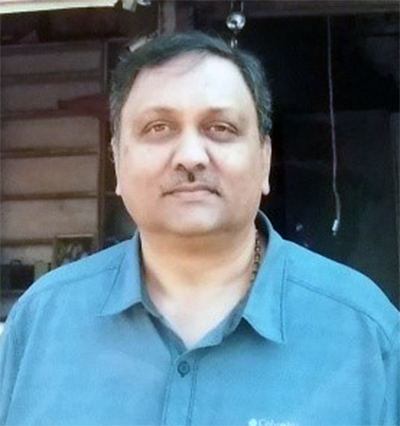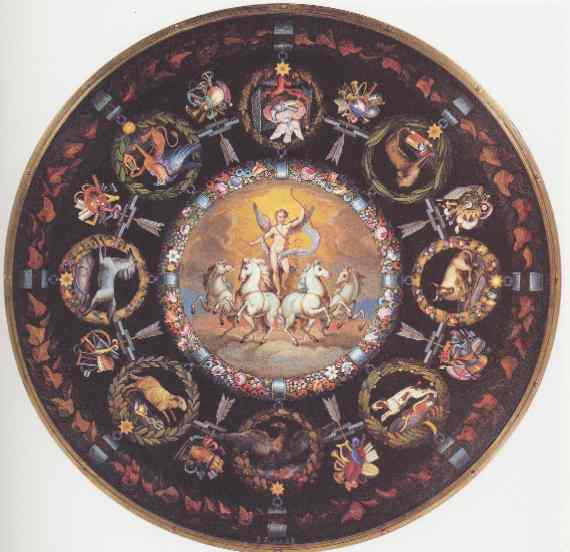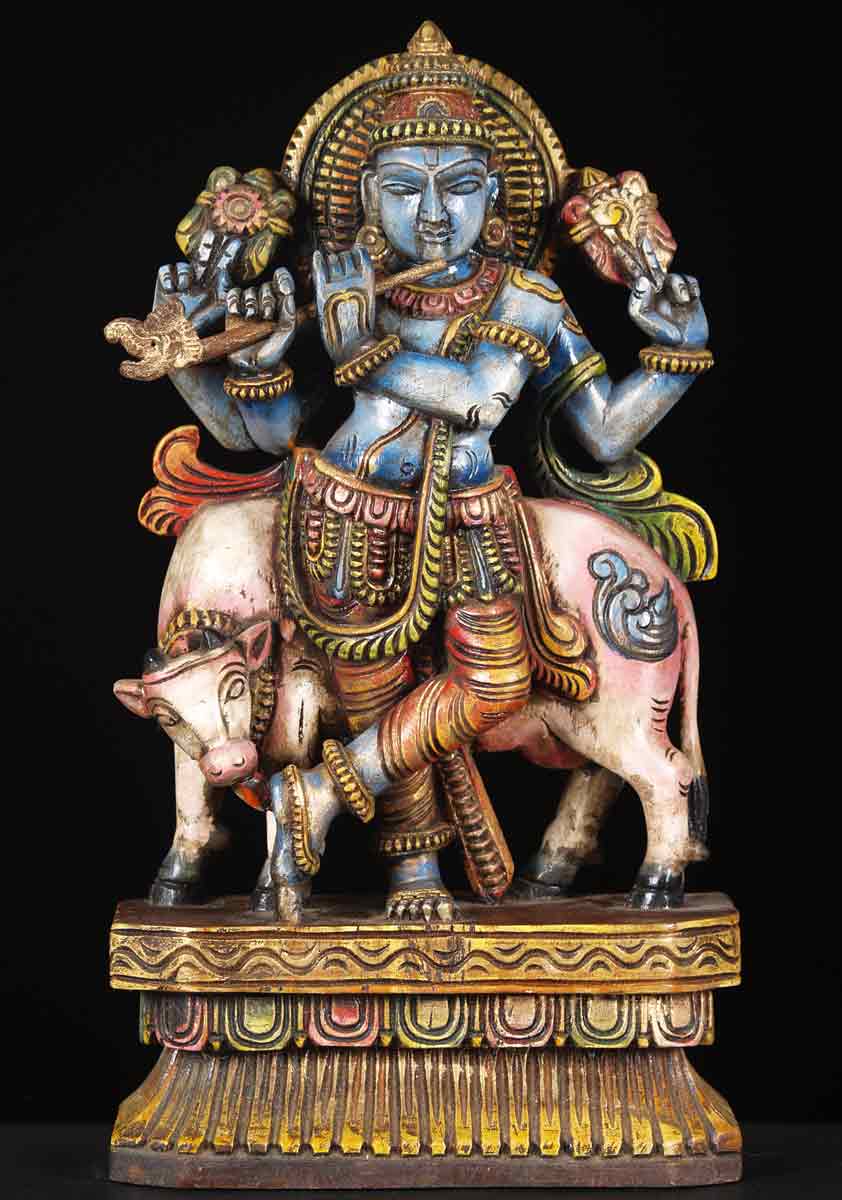Expansion of Nārāyaṇa – Directions
In the lesson Foundation of Vedic Astrology, the first division of the body of Nārāyaṇa was divided into four parts. If we consider the entire body to be represented by an endless circle, then dividing by 4 would give quarters of 90° each. Let us use a special word called KENDRA for this. This Sanskrit word केन्द्र (kendra) simply means a center like a focus. If we talk of directions, then we have ONLY FOUR Cardinal directions – East, West, North and South. We call each of these a Kendra because at any point of time, when we face one
